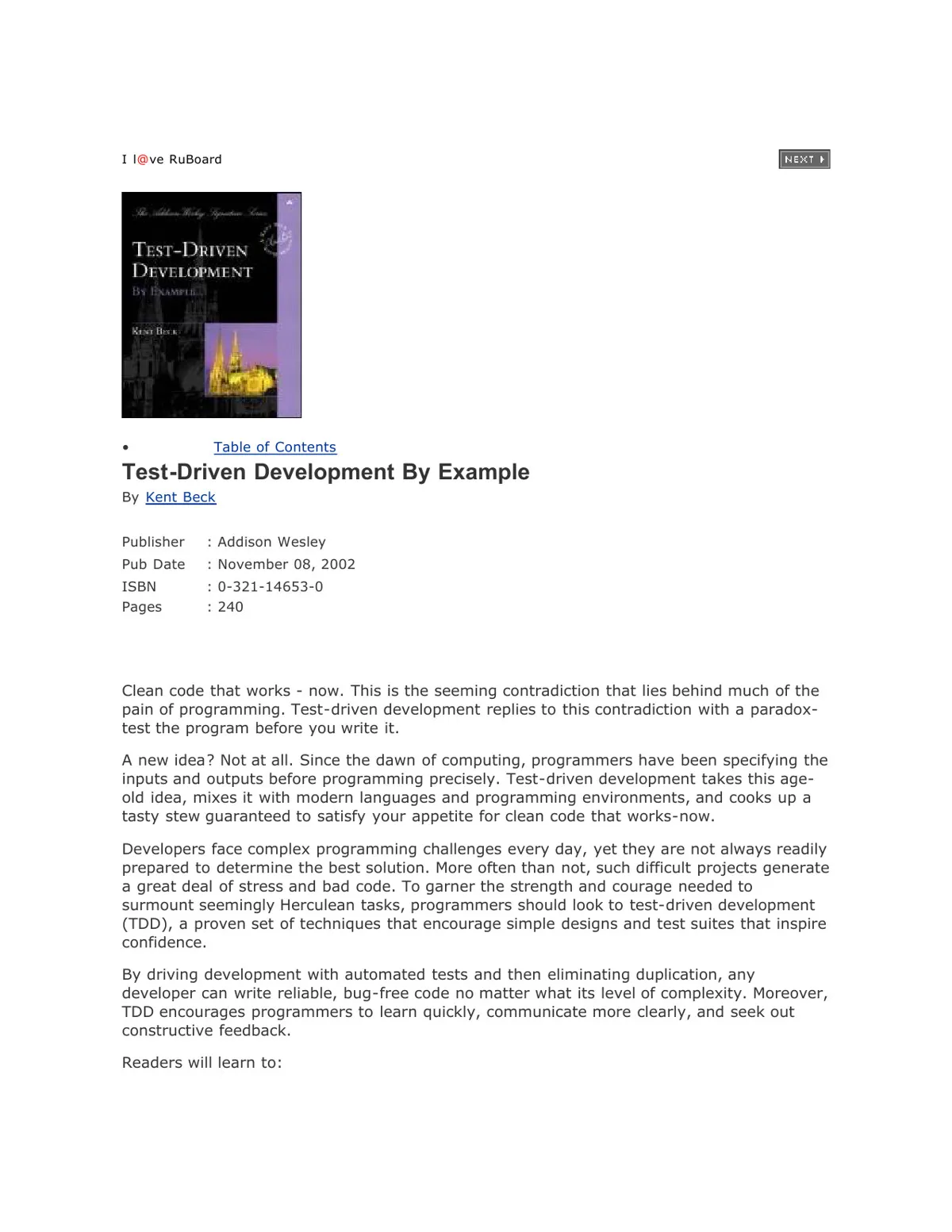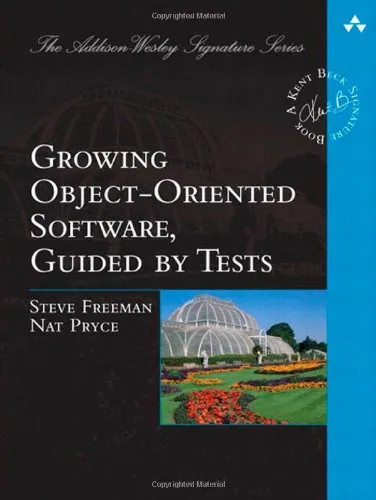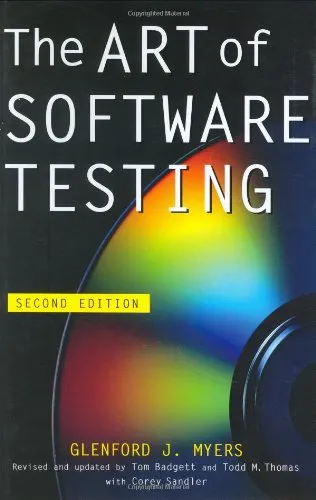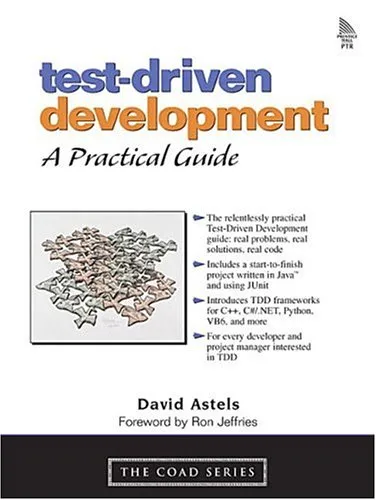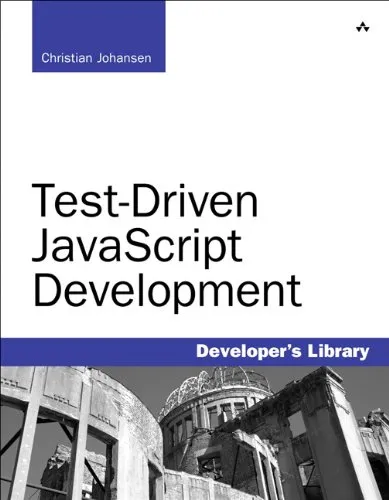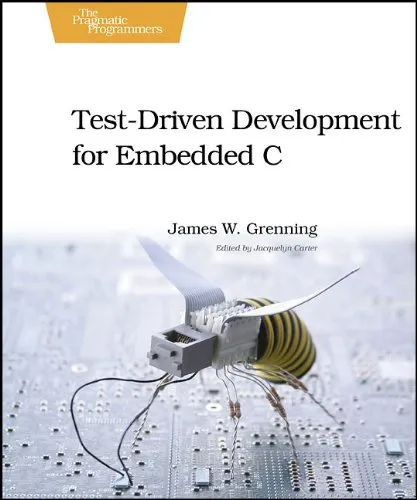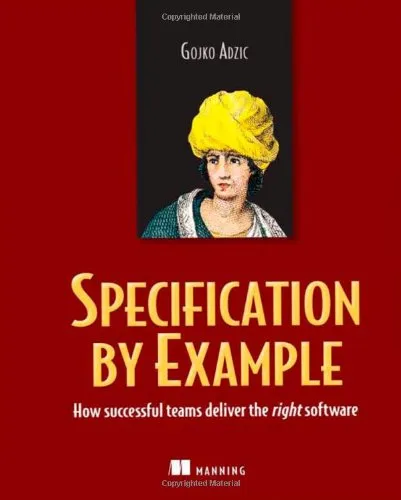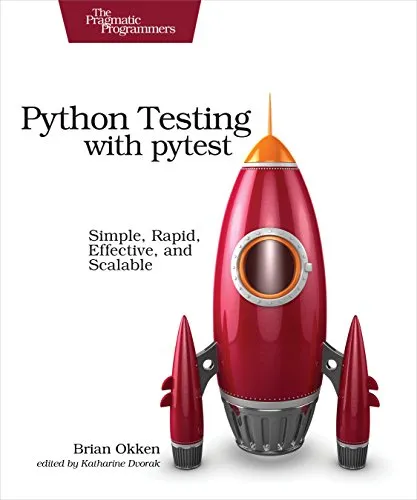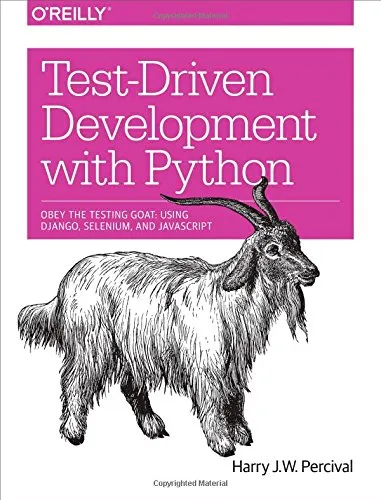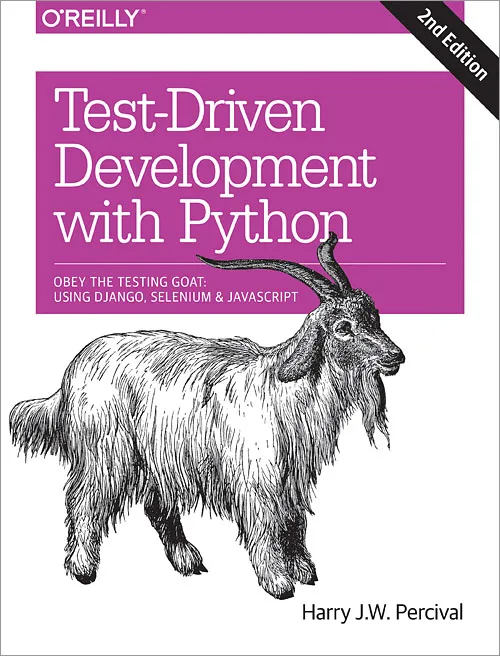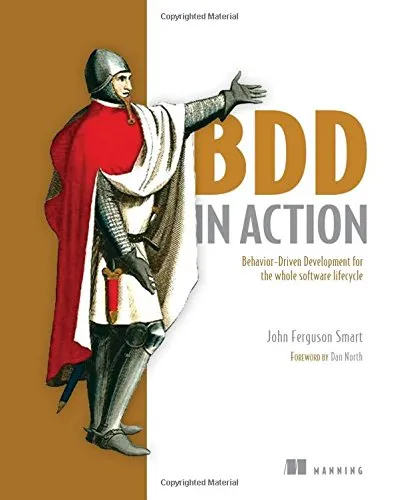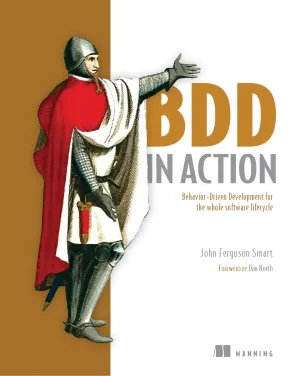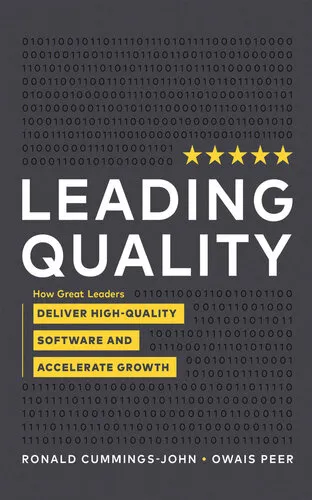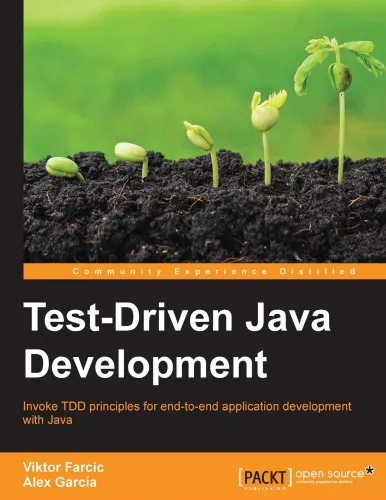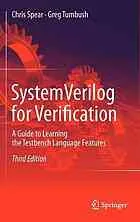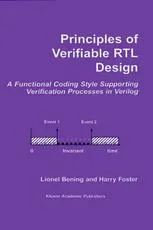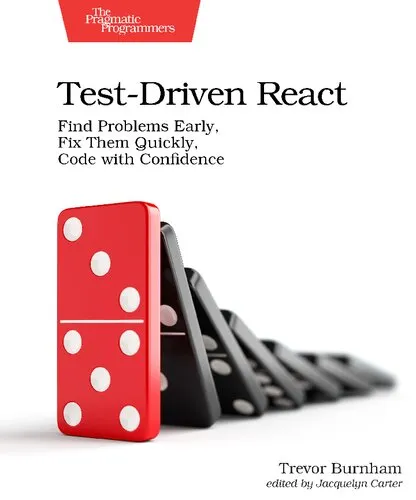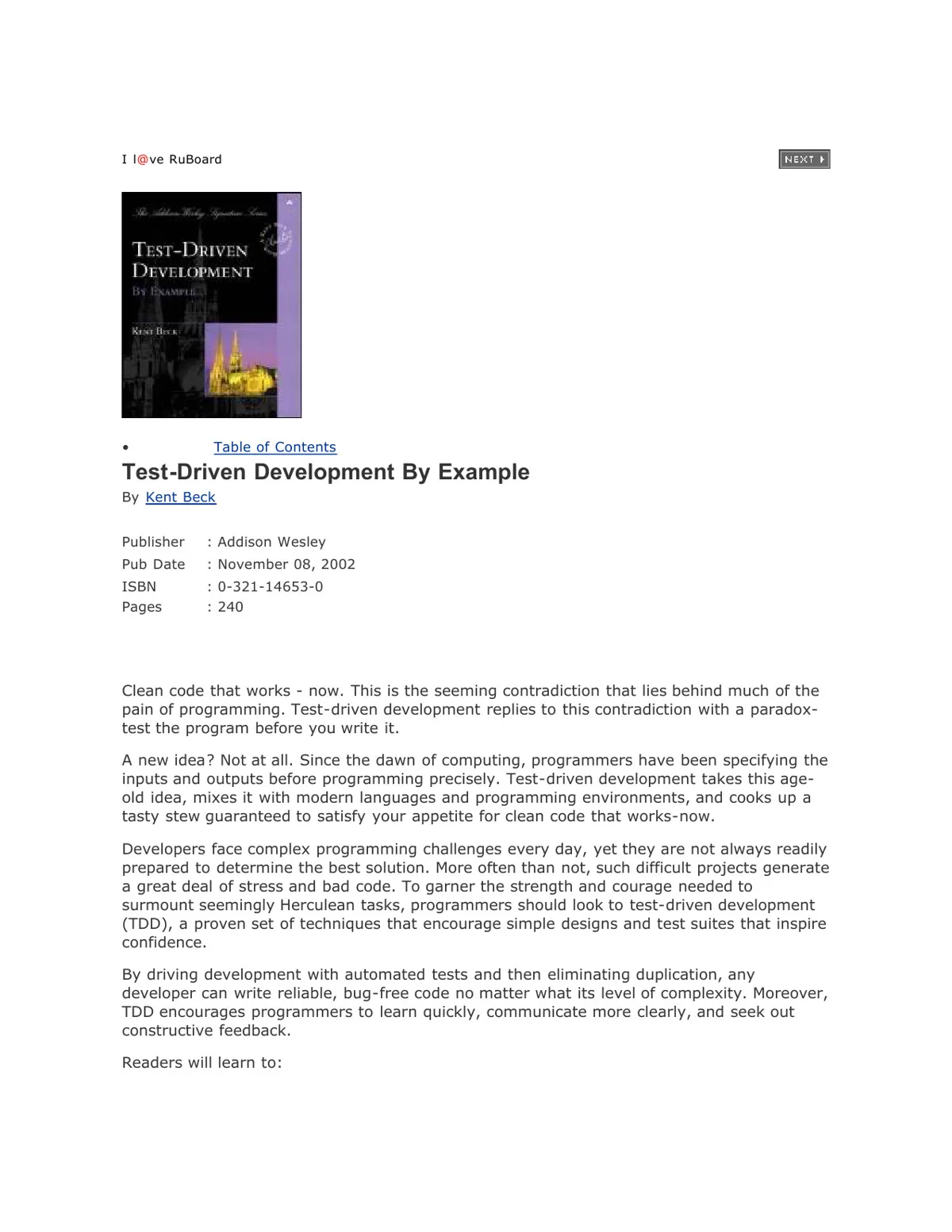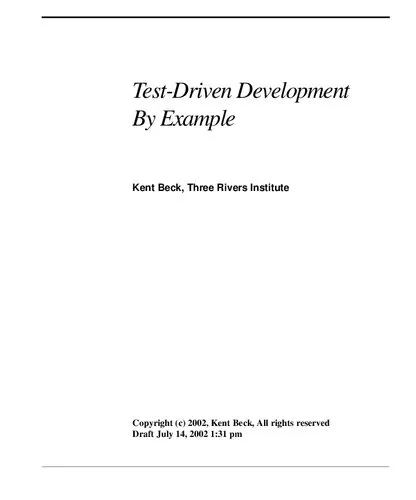Test-Driven Development By Example
4.6
Reviews from our users

You Can Ask your questions from this book's AI after Login
Each download or ask from book AI costs 2 points. To earn more free points, please visit the Points Guide Page and complete some valuable actions.Related Refrences:
Persian Summary
"Test-Driven Development By Example" by Kent Beck is a comprehensive guide to Test-Driven Development TDD a software development process that has gained significant popularity over the years due to its numerous benefits.
A Detailed Summary of the Book
Published in 2002 "Test-Driven Development By Example" is a seminal work on the topic of Test-Driven Development. The book provides an in-depth explanation of the TDD process including its underlying principles techniques and best practices. Through a combination of theory examples and hands-on exercises Beck guides readers in learning and applying TDD in their own projects.
The book is organized into three main parts. Part one focuses on the basics of TDD including the process of writing tests before writing code the importance of refactoring and the role of test suites. Beck also introduces the concept of the "xUnit" framework which provides a set of tools and APIs for building and running unit tests.
In part two Beck presents a series of case studies that illustrate the application of TDD in different programming languages and contexts. These examples are designed to help readers see how TDD can be applied in a variety of situations and to gain practical experience with the process.
Part three explores the more advanced topics in TDD including the use of mock objects test-driven design and test refactorings. Beck also discusses the role of TDD in software development methodologies such as Extreme Programming XP and Agile.
Key Takeaways
Readers of "Test-Driven Development By Example" can expect to gain the following insights and skills
- A thorough understanding of the TDD process including its underlying principles and best practices.
- Practical experience with writing tests before writing code refactoring and building test suites.
- An appreciation for the importance of continuous integration and automated testing in software development.
- Familiarity with the xUnit framework and its applications in different programming languages.
- Insights into the application of TDD in different contexts and the challenges and benefits associated with it.
Famous Quotes from the Book
Some of the notable quotes from "Test-Driven Development By Example" include
"A test failure is an opportunity to improve the test or the code or both."
"If it doesn't run don't worry it will be running by the time we are done with the chapter."
"One thing we didn't like was all those buttons that only do something in one state and have to do something different in the other. ...If they aren't getting exercised today chances are the only testing will come after shipping the game to thousands of eager beta testers."
Why This Book Matters
"Test-Driven Development By Example" matters for several reasons
- It provides a comprehensive guide to TDD covering its underlying principles techniques and best practices.
- It has been instrumental in popularizing the concept of TDD and encouraging software developers to adopt this approach in their projects.
- It offers practical insights and skills that can be applied in a variety of programming languages and contexts.
- It is a foundational work that has influenced the development of other software development methodologies such as Extreme Programming and Agile.
- It has helped shape the software development landscape contributing to a more test-driven automated and iterative approach to building software systems.
Free Direct Download
You Can Download this book after Login
Accessing books through legal platforms and public libraries not only supports the rights of authors and publishers but also contributes to the sustainability of reading culture. Before downloading, please take a moment to consider these options.
Find this book on other platforms:
WorldCat helps you find books in libraries worldwide.
See ratings, reviews, and discussions on Goodreads.
Find and buy rare or used books on AbeBooks.
